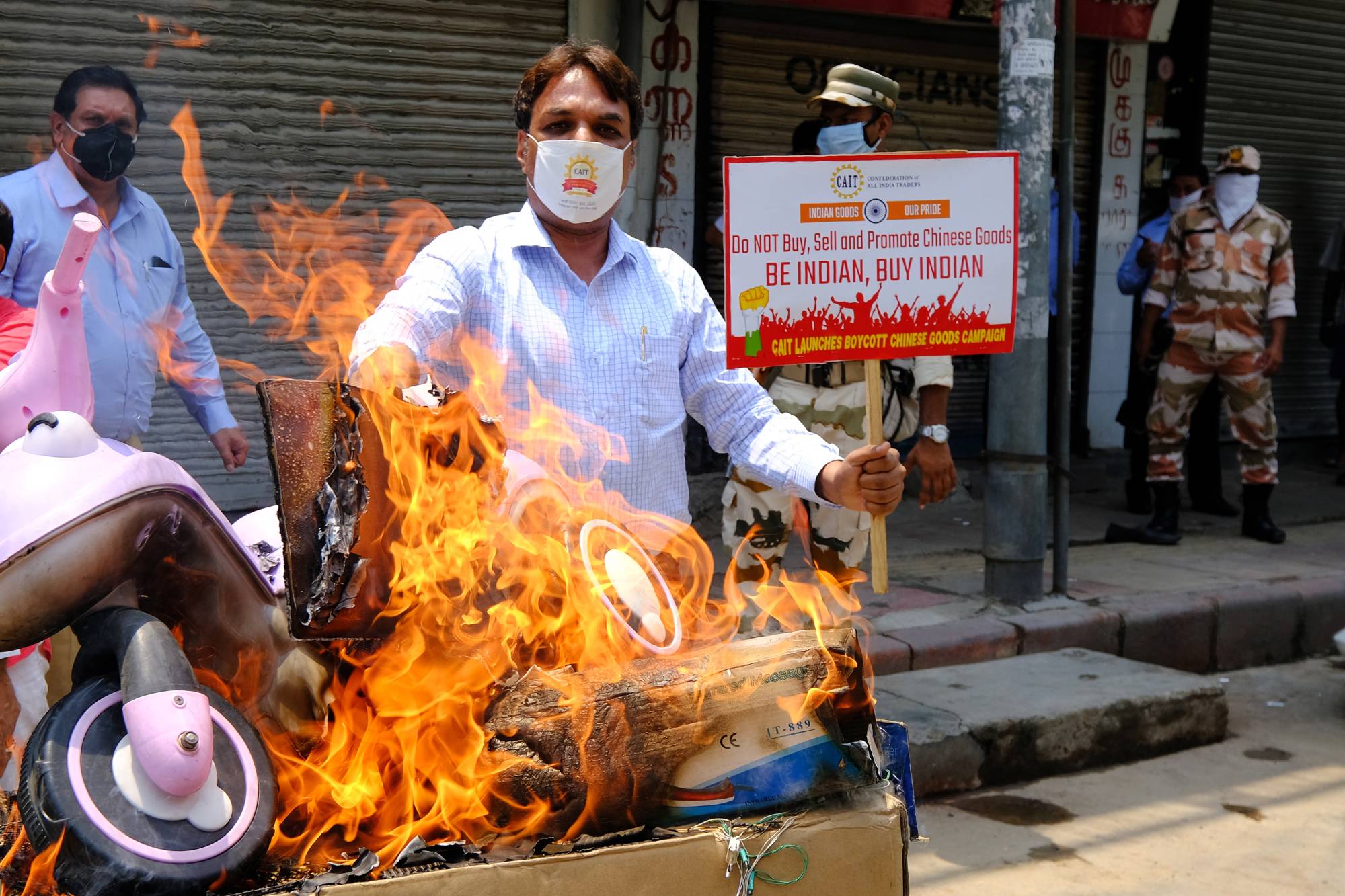China and India earlier this month experienced the worst clash between their armed forces since 1967. The two nuclear-armed neighbors share a 4,056-km border that has not been fully demarcated, triggering military confrontations virtually since the founding of the People’s Republic of China in 1949. That enduring flashpoint has assumed new significance as the two countries battle the COVID-19 outbreak and their political leaders steer two deeply nationalist publics through multidimensional crises. The current crisis could prove to be a defining moment for Asia.
The border has been a source of constant strain in the China-India relationship, one that includes nearly one-third of the world’s population and two of its most important countries. Its precise contours are uncertain; its name — the Line of Actual Control (LAC) — reflects that ambiguity.
Beijing and New Delhi began talks over the border dispute in the 1980s, but 21 rounds of negotiations yielded no results. The two militaries have tested each other — a daunting proposition at over 4,000 meters of altitude — but most incidents were settled peacefully, although the two countries fought a month-long war in 1962 that resulted in some 2,000 deaths and thousands more soldiers injured or reported missing.



















With your current subscription plan you can comment on stories. However, before writing your first comment, please create a display name in the Profile section of your subscriber account page.